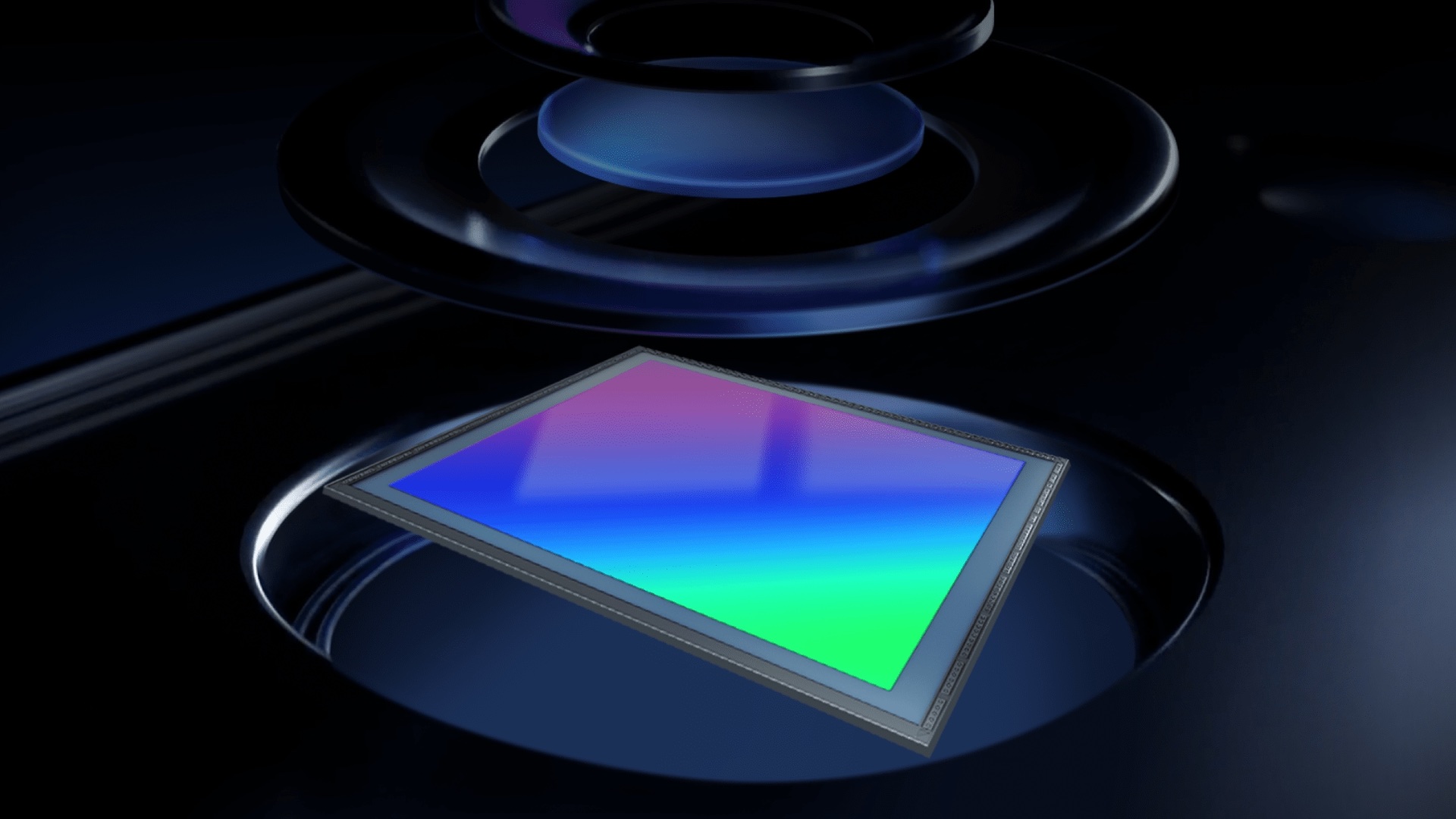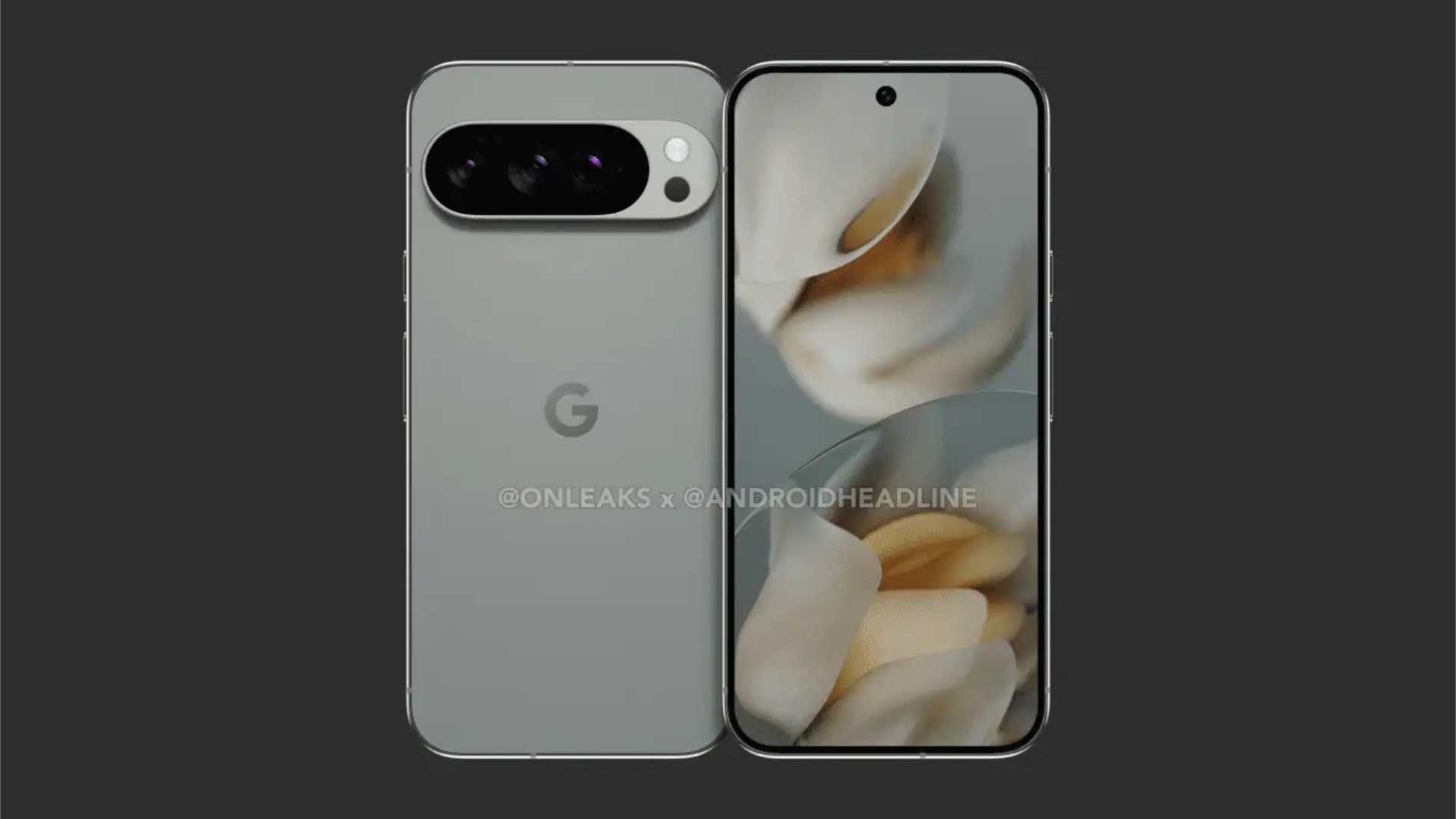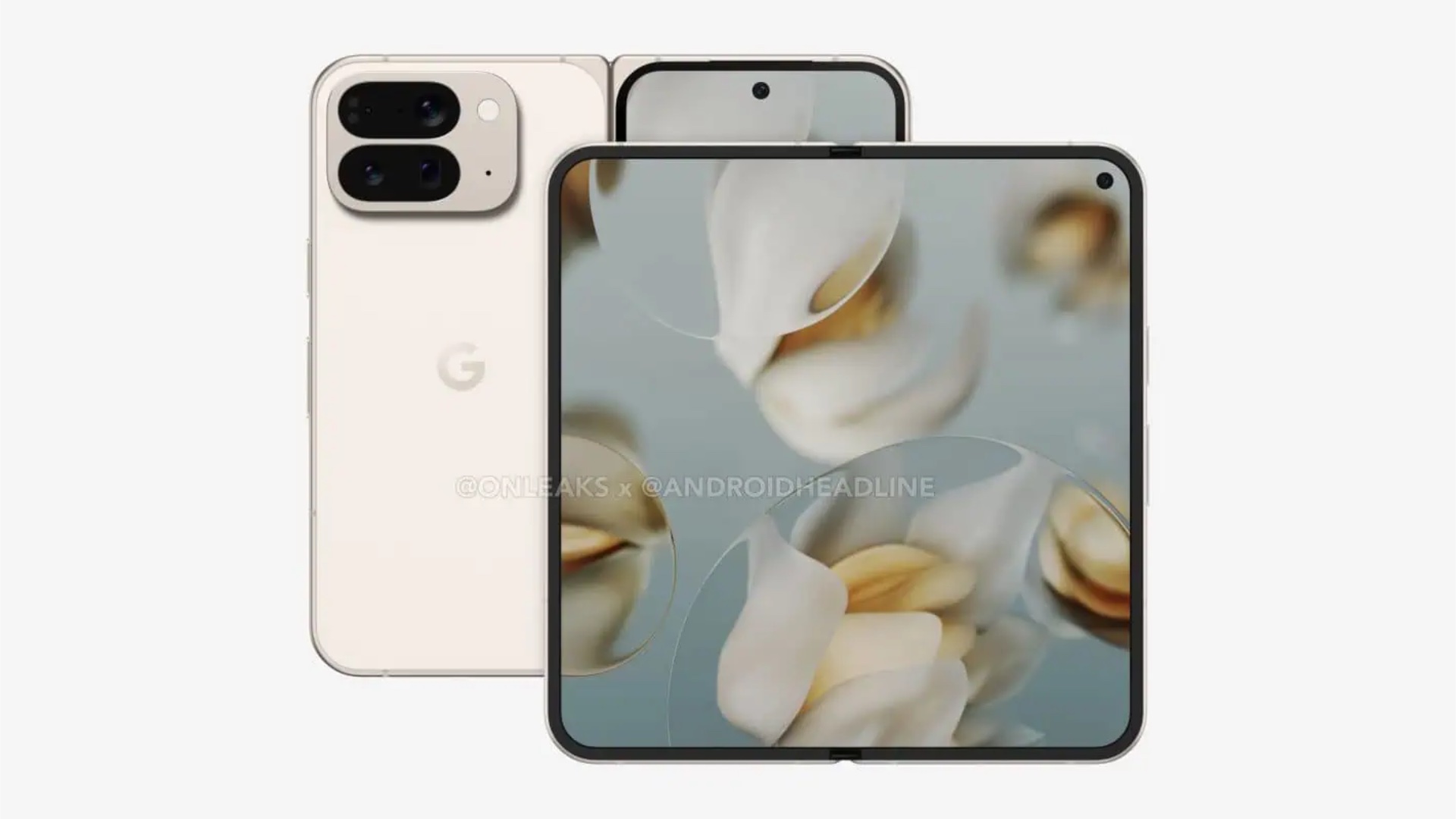Notifications
Posted by - Support KAAYXOL -
on - Apr 4 -
Filed in - Technology -
-
74 Views - 0 Comments - 0 Likes - 0 Reviews

Google's Pixel smartphones have been using several Samsung components, including display panels, camera sensors, and modems, for a few years. With the Pixel 10 series, Google is moving away from Samsung's modem and chipset manufacturing but it will continue to use the South Korean firm's ISOCELL camera sensors.

According to a report from Android Authority, Google is upgrading from the Pixel 9's dual-camera setup to a triple-camera setup on the Pixel 10. The upcoming phone will reportedly use three Samsung ISOCELL sensors: a 50MP ISOCELL GN8 primary rear camera, a 11MP ISOCELL 3J1 telephoto camera, and a 11MP ISOCELL 3J1 front-facing camera. Its ultrawide camera will use a Sony sensor (13MP Sony IMX712), though.

The interesting thing to note here is that even though the Pixel 10 is getting one additional camera, a dedicated telephoto sensor, its primary camera is getting a downgrade. It uses a 1/1.95-inch sensor to replace the Pixel 9's 1/1.31-inch ISOCELL GNV primary camera.


The Pixel 10 Pro and the Pixel 10 Pro XL will use only one Samsung camera sensor, the 50MP ISOCELL GNV. It will be used for the phones' primary rear-facing camera. Their other camera sensors will come from Sony. Their ultrawide, telephoto, and selfie cameras reportedly use the 48MP Sony IMX858 camera sensor.

Now, let us talk about Google's next-generation foldable phone, the Pixel 10 Pro Fold. It reportedly features a 50MP ISOCELL GN8 (1/1.95-inch) primary camera, a 12MP ISOCELL 3J1 (1/3.2-inch) ultrawide camera, a 12MP ISOCELL 3J1 (1/3.2-inch) telephoto camera, and two (inner and outer) 11MP ISOCELL 3K1 selfie cameras.
The post Google’s Pixel 10 phones use Samsung’s camera sensors appeared first on SamMobile.

